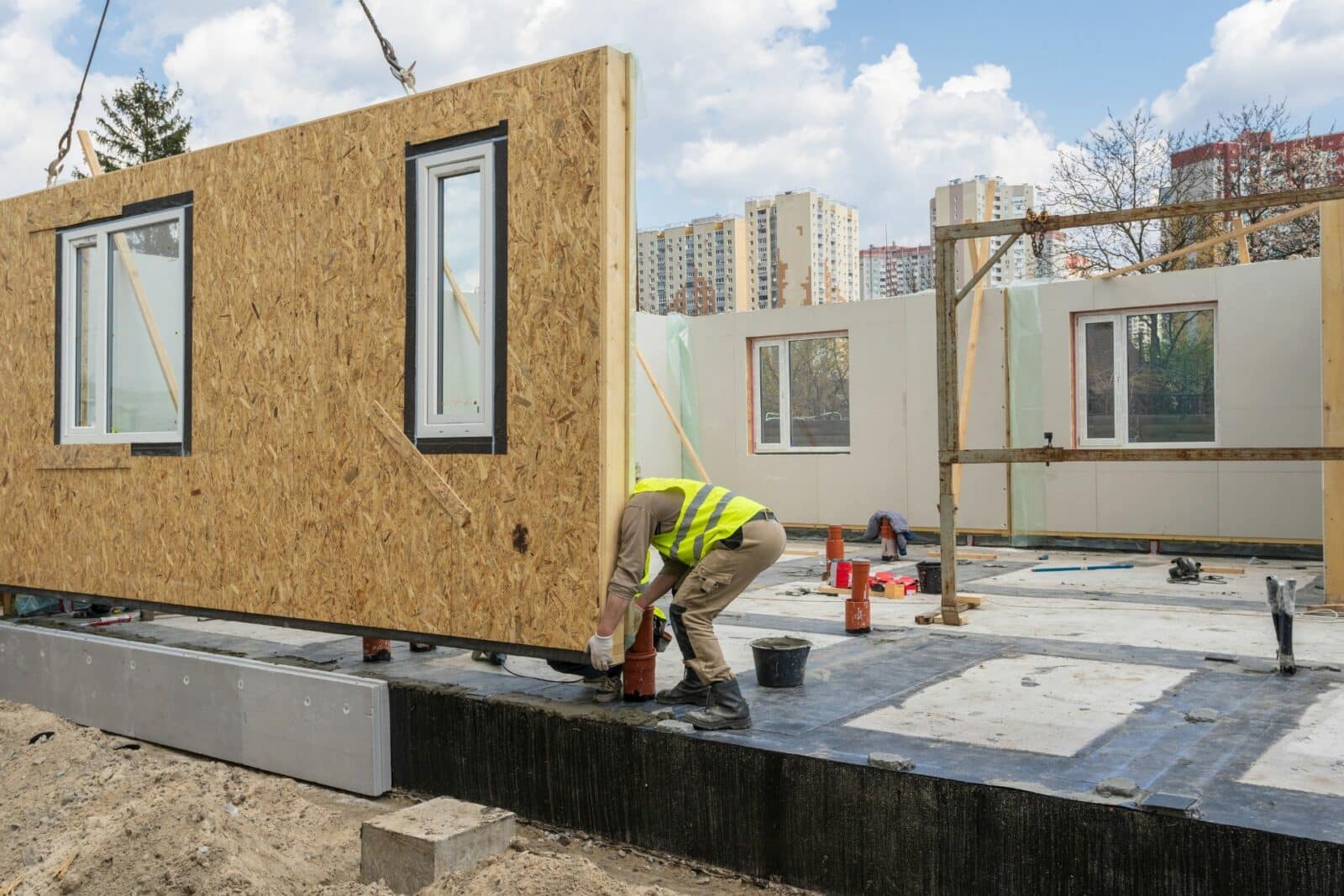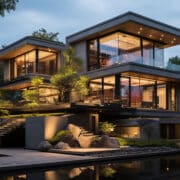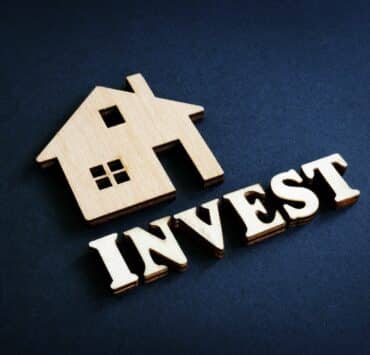In the ever-evolving landscape of real estate, a century-old housing concept is poised to make a comeback—modular construction. Though largely overshadowed by traditional building methods, the idea of assembling homes in modular units, reminiscent of kit homes popular in the early 20th century, is gaining traction with new investments and a growing focus on sustainability.
The Roots of Modular Construction
Modular construction has its roots in the kit-built homes offered by companies like Sears a century ago. Fast forward to today, and the descendant of these kit homes—the modular home—is emerging as a potential solution to the challenges of affordability and sustainability in the current housing market.
The Sustainability Advantage
Green construction experts highlight the environmental benefits of modular construction, emphasizing reduced waste and minimal disruption to natural habitats during building. Unlike the myriad components in traditional kit homes, modern modular homes come in larger, pre-assembled pieces, minimizing on-site construction and waste. This method aligns with the growing emphasis on sustainable and efficient building practices.
Addressing Affordable Housing Needs
Amidst rising mortgage rates and soaring home prices, modular construction has caught the attention of affordable housing advocates. Initiatives, such as the assembly of up to 2,000 single-family modular homes in Chicago’s Southside, underscore the potential of modular construction to address housing affordability challenges.
Cost Efficiency in Construction
One of the significant attractions of modular homes is their cost efficiency. The average cost of modular construction ranges from $80 to $160 per square foot, making it 10-20% cheaper than traditional construction. This translates to a potential cost of $120,000 to $270,000 for a typical modular home, compared to $155,000 to $416,000 for traditional construction.
Venture Capital Interest
Venture capital firms, recognizing the potential of modular construction, have invested in startups in the sustainable, modular-home space. Notable funding rounds, such as the $52 million raised by Mighty Buildings, highlight the growing financial support for innovations in modular construction.
The Net-Zero Lifestyle
Some modular dwelling manufacturers, such as Deltec Homes, Dvele, and S2A Modular, cater to consumers seeking efficiency and net-zero living. Incorporating solar panels in residential options, these companies align with the growing trend toward sustainable and eco-friendly housing.
Speed, Portability, and Innovation
Apart from cost advantages, modular homes offer speedy construction, with move-in readiness in eight to 12 months—half the time of traditional construction. Additionally, the portability of modular homes provides flexibility in relocation if needed, adding to their appeal.
Challenges and Skepticism
While modular construction presents promising advantages, challenges persist. The relative rarity of modular homes in the U.S., accounting for less than 4% of housing inventory, reflects factors like contractor unfamiliarity and upfront financing requirements. Some environmental experts also express skepticism about sustainability claims, emphasizing the need to scrutinize the eco-friendly credentials of modular construction companies.
As the real estate market grapples with affordability, sustainability, and innovation, modular homes emerge as a century-old idea with renewed potential. With investments pouring in, increased focus on sustainability, and the promise of cost-efficient, eco-friendly housing, modular construction might just be the key to addressing contemporary housing challenges. As Warren Buffett’s Berkshire Hathaway and smaller regional players explore this space, the resurgence of modular homes is a trend worth watching.
Related posts:
 Reduce Your Environmental Footprint: Simple Water Conservation Tips for Your Home
Reduce Your Environmental Footprint: Simple Water Conservation Tips for Your Home
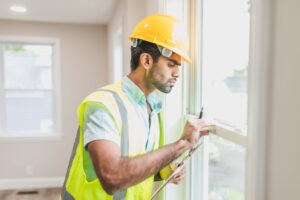 10 Precautions to Stay Safe During a Home Renovation
10 Precautions to Stay Safe During a Home Renovation
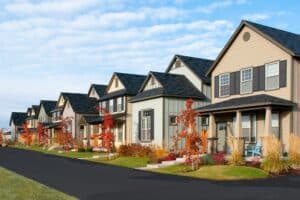 Surge in US Housing: A Close Look at the November 2023 Boom
Surge in US Housing: A Close Look at the November 2023 Boom
 Increased Housing Confidence Brightens 2024, But Buying a Home Still Tough
Increased Housing Confidence Brightens 2024, But Buying a Home Still Tough
 Canada Bans Foreign Homeownership Until 2027 to Help People Afford Homes
Canada Bans Foreign Homeownership Until 2027 to Help People Afford Homes
